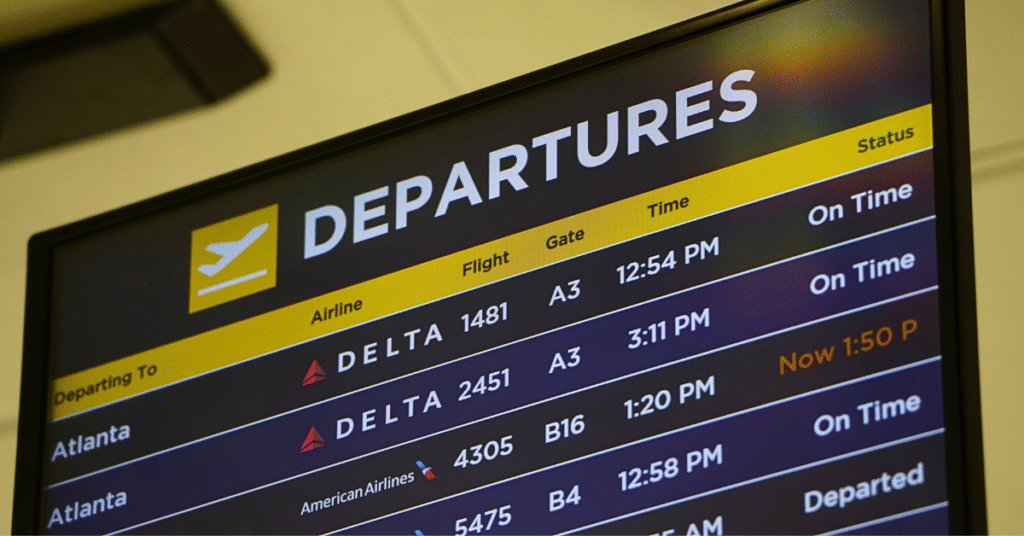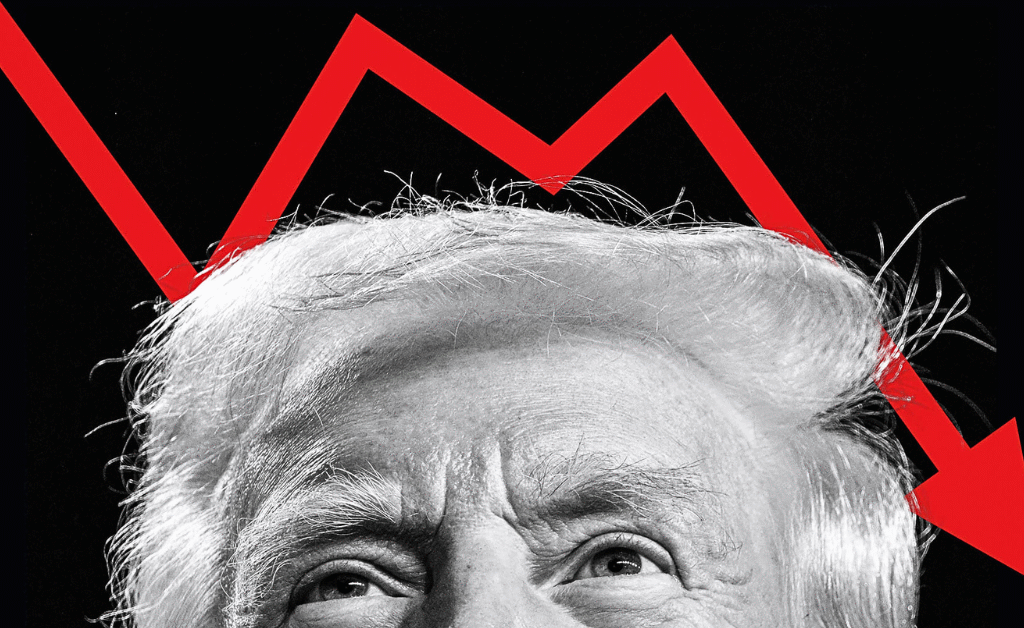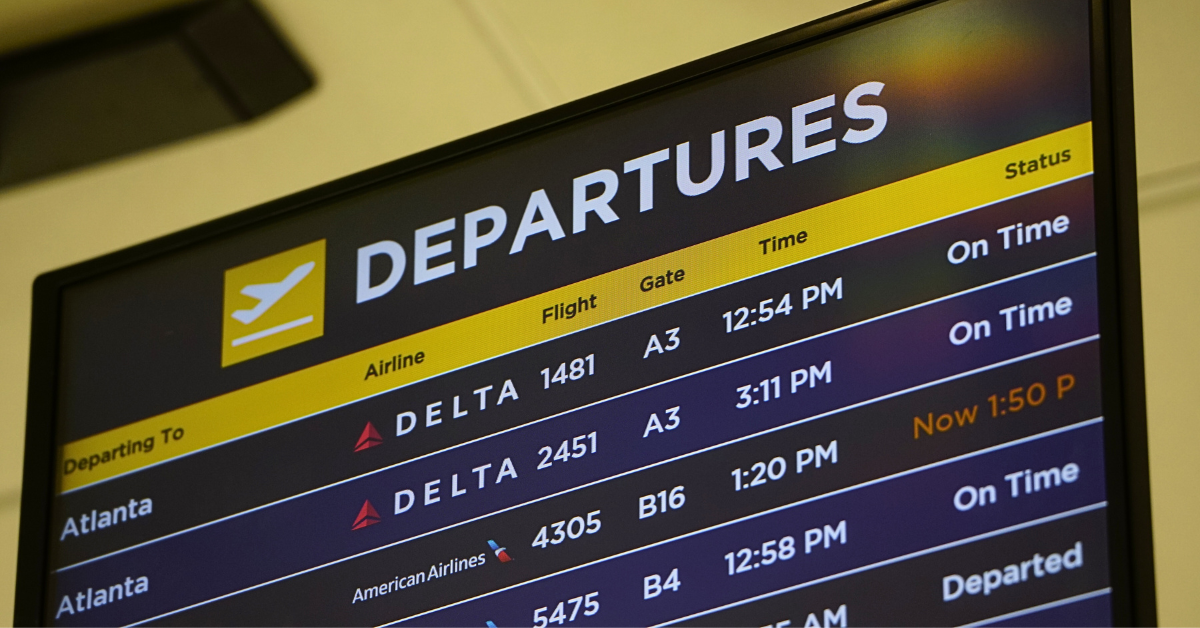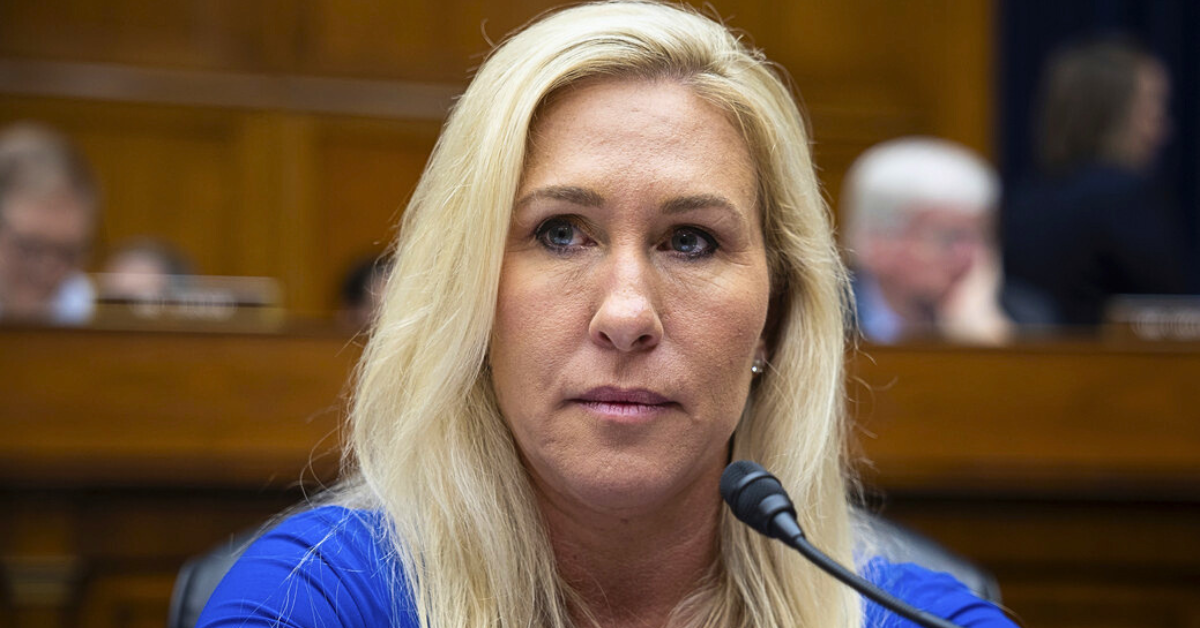Explore what happens now that the government shutdown ends. Learn about the impact on federal workers and services.

- Government reopened after 43-day shutdown, but agencies face months of recovery and operational damage affecting parks, benefits, travel, and research.
- Political fallout deepens: parties already framing narratives for 2026, with unresolved funding through Jan 30 risking another shutdown and voter backlash.
The longest government shutdown in U.S. history is over — federal workers are returning, agencies are reopening, and contractors are scrambling to recover lost earnings.
But beneath the surface of relief lies a deeper reality: Washington’s political landscape has shifted, and the aftershocks may define the next year of American governance.
A Government Restarted, Not Recovered

The shutdown’s end came swiftly. On November 12, President Donald Trump signed a bipartisan spending package to reopen the government after 43 days of frozen paychecks, shuttered agencies, national park closures, and growing public frustration.
While essential services had continued in reduced form, millions of Americans felt the ripple effects in delayed benefits, stalled federal processes, and interruptions across food safety, TSA operations, IRS customer service, and scientific research.
Most agencies resumed operations Thursday morning.
Federal employees began receiving confirmation notices from their departments, and payroll processors prepared back-pay disbursements for the coming pay cycle.
For many federal families who faced mortgage delays, credit card stacking, and maxed-out emergency lines of credit, the relief couldn’t come soon enough.
But returning to work does not mean returning to normalcy.
Political Fallout: Winners, Losers, and the Blame Game

Even before the ink dried on the funding bill, both Democrats and Republicans began positioning their narratives for the 2026 midterms.
Republicans, especially House conservatives, argued that the shutdown was necessary leverage to secure concessions on border policy, discretionary spending, and administrative rule-making.
Some members of the House Freedom Caucus framed the outcome as a “partial victory,” emphasizing that Congress agreed to revisit spending structure again in January.
Democrats, meanwhile, framed the shutdown as a symbol of dysfunction under Republican control.
Party leaders pointed to the shutdown’s length — a historic 43 days — and the economic disruptions faced by millions of workers as evidence that the GOP mishandled negotiations and failed to govern.
Independent voters — who often sway midterm outcomes — appear fatigued by repeated fiscal brinkmanship.
Early polling suggests that frustration over the shutdown may accelerate a broader shift already underway: declining approval for President Trump and growing enthusiasm among Democrats.
The January Cliff: A Shutdown Sequel?
A key reason markets and watchdog groups remain cautious is simple — the funding package does not resolve the underlying disagreements.
Only a portion of the government received full-year funding. The rest is funded through January 30, 2026, meaning Congress is just weeks away from another potential crisis.
Many lawmakers privately acknowledge that the same unresolved issues — immigration, discretionary spending caps, Pentagon appropriations, and executive oversight — are poised to reignite in January.
Several moderate Republicans have already expressed fatigue with repeated showdowns, arguing for a “governing majority” to work around the more hardline factions.
Democrats appear ready to use January as further evidence that GOP divisions are harming national stability.
If Washington approaches another funding cliff, public patience may evaporate entirely.
Operational Damage: What Agencies Are Saying
The shutdown inflicted deeper logistical wounds than most Americans saw.
National Parks & Land Management
Trash accumulated, wildlife protections stalled, and visitor centers shuttered. Some parks experienced vandalism and infrastructure damage due to limited staff oversight — issues that will now require repair budgets not included in the stopgap bill.
Food Assistance & SNAP
Benefits reached critical thresholds in multiple states. Households relying on SNAP and WIC faced processing delays, and some stores saw temporary pauses in authorization.
Air Travel & TSA
TSA reported the largest staffing disruptions since the pandemic era, leading to bottlenecks at major airports in the final days of the shutdown. Air traffic control centers experienced fatigue, overtime strain, and delayed training schedules.
Scientific Research
Grant approvals froze. Labs reported compromised long-term experiments, with some two-year research lines lost due to lapses in supervision and funding continuity.
The federal government will reopen quickly — but it may take months to restore pre-shutdown functionality.
Economic Ripples: Households Feeling the Weight
While GDP data has not yet captured the full effect, the shutdown’s economic impact is already visible:
- Federal contractors — who rarely receive retroactive pay — estimate billions in lost wages.
- Local economies around D.C., Virginia, Maryland, and federal hubs nationwide saw sharp dips in restaurant, retail, and small business revenue.
- Consumer sentiment dropped sharply in November as uncertainty escalated.
- Travel, education, research, and defense contracting all reported slowdowns.
Economists expect Q4 growth to reflect at least a partial hit, with some analysts warning of broader drag if consumer confidence doesn’t rebound quickly.
Public Trust and Governance: A Crisis Underneath the Crisis
The shutdown didn’t just halt government — it further eroded public faith in Congress’s ability to govern.
Surveys conducted during the shutdown indicate that over 70% of Americans disapproved of how Congress handled the negotiations, and trust in federal leadership reached new lows.
For younger voters — a demographic critical to 2026 turnout — shutdowns amplify feelings that Washington is detached from everyday realities.
Looking Ahead: Can Washington Rebuild Stability?
The next 12 weeks will define whether the political system learned anything from the shutdown. Key questions for readers:
1. Will Congress pursue bipartisan appropriations in December or wait until the final days of January?
History suggests the latter — and that’s what worries markets.
2. Will the White House push for a broader immigration-spending package?
Such negotiations have collapsed repeatedly in recent years, but 2026 campaign dynamics could alter incentives.
3. Can moderates in both parties regain influence?
If they can assemble a center-driven “governing coalition,” the next shutdown could be avoided entirely.
4. How will federal workers vote in 2026?
After two major shutdown cycles in five years, federal employees may become an unusually motivated voting bloc.
Also Read: A DOJ Whistleblower Now Makes Revelation That Undermines the Judicial System’s Integrity
FrankNez Media
Subscribe to Our Newsletter
Keep in touch with our news & offers
Thank you for subscribing to the newsletter.
Oops. Something went wrong. Please try again later.
Thank you for subscribing to the newsletter.
Oops. Something went wrong. Please try again later.











